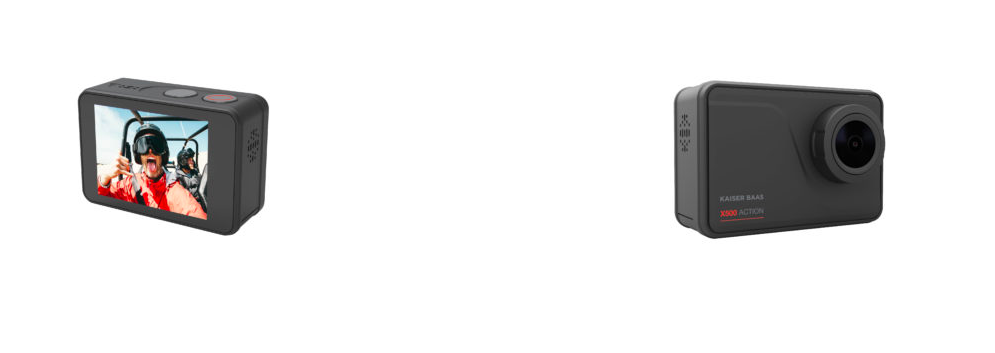Bringing Clarity to the Question of Action Sports Cameras and High Definition Resolutions
Customers deserve the best. The best products, and the best experience with them – and sometimes that means empowering them to judge a book, and a camera, by its cover.
March 14, 2019
They say don’t judge a book by its cover. While we can’t say we ever did that, we definitely wrote more than a few book reports based on the movie, instead. Fortunately for us, somehow, and somewhere along the way, we did learn that valuable lesson: things aren’t always what they seem on the outside. Because just like books, you can’t judge a product solely on what it says on the front. Nowhere is this more true than action cameras, because there are countless manufacturers labelling their products as 4K when they can only shoot in 1080p.

28%
Growth by 2022
The Future in 4K
Now, don’t get us wrong. 1080p looks pretty good. It’s even considered HD! In fact, we sell action cameras that shoot in 1080 and upscales to 4K. But the packaging is clearly labeled, and it’s priced accordingly. It doesn’t have to be about right and wrong, or better and worse, but when you’re buying something you want to know what you’re getting. If you buy 4K, you want 4K and not a single K less. And we don’t blame you.
These manufacturers have created action cameras that shoot in 1080p, and then using digital enhancement technology the footage is upscaled to 4K. It looks really good – but it’s not true, native 4K. Which, when you consider 4K displays’ forecasted growth of 28% by 2022, is going to be an increasingly big problem. It’s not just TV, either. Every minute, 300 hours of HD content is being uploaded to YouTube.
Upscaling, or interpolation as it’s sometimes known, is done by using educated guesses to fill in the blanks – not entirely unlike what you may or may not have done on some tests back in school! Since the true difference between native 4K and 1080p footage is the number of pixels, upscaling is the process of multiplying the number of pixels by analyzing their pattern and estimating what it would may have looked like with at a higher resolution. While every algorithm (the fancy term for the tool they use to guess) will provide different results, upscaling will almost always improve the quality of lower resolution images. But it’s not native 4K, and it never quite will be.
Ultimately, 4K isn’t going to be a nice-to-have. It’s going to be an expectation, and consumers are going to be able to tell the difference.
And if your customers can tell the difference, you need to be able to as well. We’re not suggesting you watch thousands of hours of video to really get the hang of identifying true 4K (although that could be pretty fun – we recommend any and all cat videos). We’re recommending you spend the time and give all packaging and literature around action sports cameras you’re thinking of carrying a good read. Every camera’s packaging will, somewhere, have to honestly disclose the quality of video it shoots in, and not just how it exports it: “4K Upscaled” means just that – it’s shot in 1080p and upscaled to 4K. That’s the honest way of labelling it. It’s not always so clear, unfortunately.
Our Kaiser Baas Action Sports cameras provide a great example. Kaiser Baas has done an incredible job of not just creating a wide range of cameras for different demographics and uses, but they’ve also clearly labeled their packaging. They offer products that upscale and call it out clearly on the front. They also offer higher-end cameras that shoot in native 4K, which they also display prominently.
There are countless reasons why we have partnered with Kaiser Baas, and why their products resonate with the consumer, but this is one we are very proud of. Customers deserve the best. The best products, and the best experience with them – and sometimes that means empowering them to judge a book, and a camera, by its cover.



 PREVIOUS POST
PREVIOUS POST